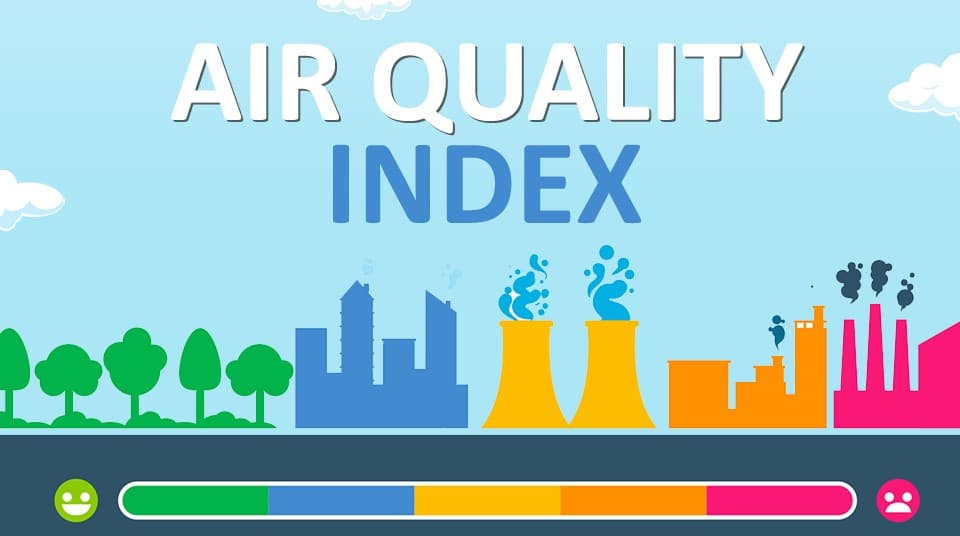Our Project

Introduction
Air pollution poses significant threats to public health and the environment, making accurate prediction of pollutant levels a critical task for urban planning, policy-making, and health advisories. With advances in machine learning, deep learning models like LSTM (Long Short-Term Memory) and GRU (Gated Recurrent Unit) have shown promise in forecasting time series data. This project utilizes these models to predict concentrations of key air pollutants such as Ozone, CO, SO2, NO2, PM10, and PM2.5, aiming to provide reliable forecasts based on historical air quality data.

Problem We Faced
Air quality forecasting is a complex problem influenced by numerous factors, including previous pollutant levels and environmental variables. Traditional statistical models often fail to capture the temporal dependencies and nonlinear patterns present in air quality data. This challenge calls for the development of more advanced models that can learn from historical data to predict future pollutant concentrations with high accuracy, enabling proactive measures to mitigate health risks and environmental damage.

Solution
To address this issue, the project implements deep learning models, specifically LSTM and GRU, to learn from historical sequences of air pollutant data and forecast future levels. The models are trained and evaluated on a comprehensive air quality dataset, using a sequence length of 30 days to capture temporal dependencies. The data is preprocessed using MinMax scaling, and model performance is assessed using metrics like Mean Absolute Error, Root Mean Squared Error, and R-squared. The results indicate the models' effectiveness in forecasting pollutant levels, with GRU showing slightly better performance in capturing patterns compared to LSTM.